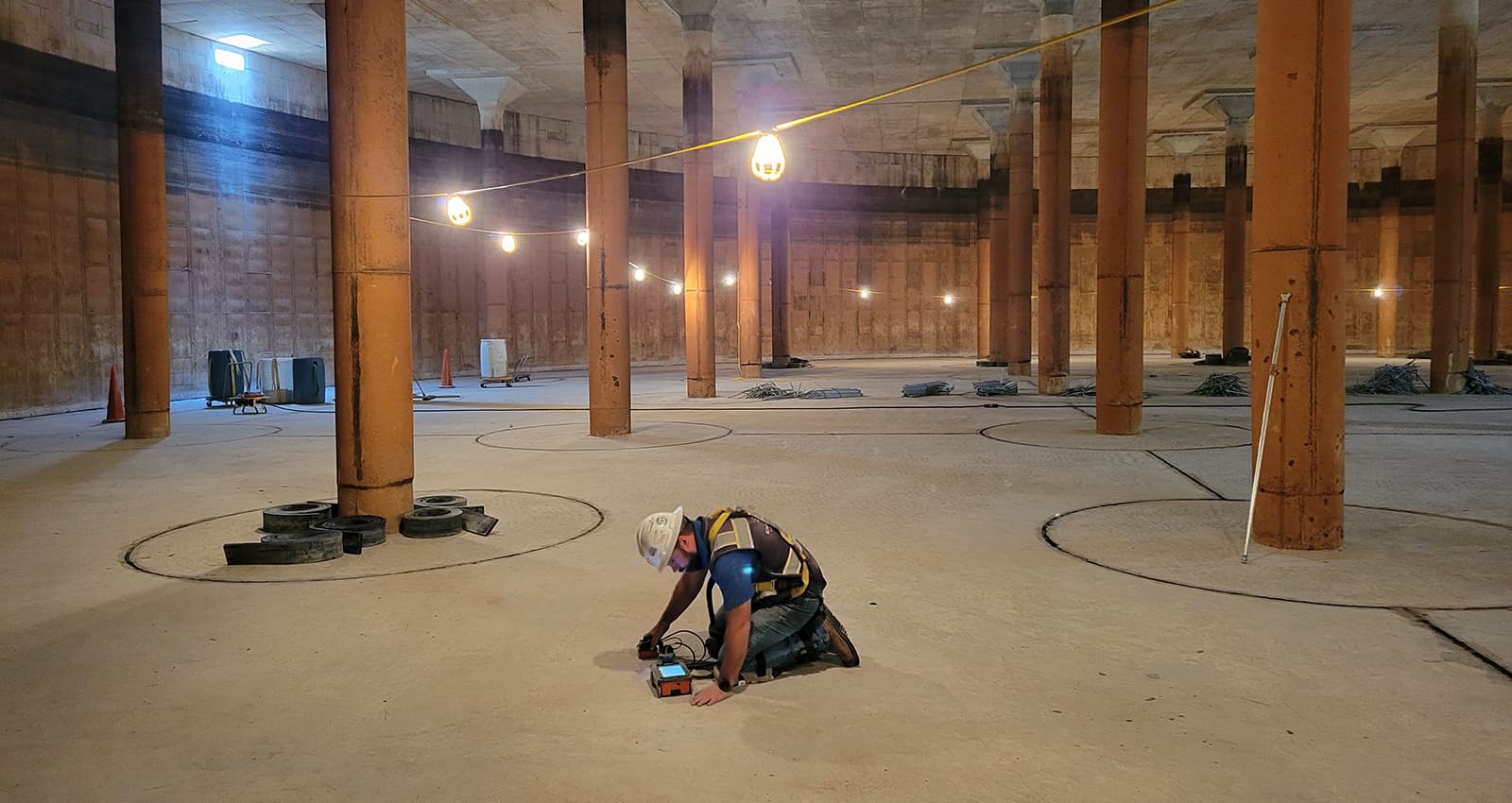
You probably don’t think about the concrete slab under your house or commercial building very often. A concrete slab is one of those things that you take for granted—until it’s time to make a change to your structure. Then, it becomes something that you almost obsess over. Is your concrete slab strong enough to support the changes you want to make? Where is it safe to cut or drill into the slab? Are there any voids beneath the concrete that need to be addressed?
These are all questions that need to be answered prior to the start of construction. But how do you go about answering them? Fortunately, it’s not difficult.
To get the answers you need about your concrete slab, you need to bring in a company that offers concrete scanning services.
A concrete scanning company can not only locate items that are embedded in your concrete so you can avoid them, but it can also inform you about things like the thickness of your slab, the depth of any cracks, the existence of cavities within the concrete, or voids under the slab. Knowing the overall composition of your concrete slab is the best way to ensure that you can safely disturb it.
The main technology used by concrete scanning services is ground penetrating radar (GPR). GPR sends high-frequency radio waves into the concrete slab. Based on how those waves bounce back, a technician can determine what is located in the concrete slab and where. Knowing where hazards are located can help a contractor avoid damaging things like rebar, post-tensioned cables, electrical conduits, or water or sewer pipes while drilling or cutting into the slab.
If there is concern about the composition of your concrete slab and you want to make sure it is structurally sound enough to build on, the concrete scanning service will likely use other equipment in their evaluation, such as ultrasonics, eddy current, and/or rebound hammer instruments.
With dealing with a concrete slab, it is always better to be safe than sorry! Disturbing a concrete slab without first having it analyzed can be a recipe for disaster. Not only could you cause expensive damage if you hit a pipe or conduit, but you could also compromise the structural integrity of your entire building if you do enough damage to the reinforcing elements. So, even if your contractor doesn’t require you to have a concrete scan done, it is still a wise move.
If you only have a small area that needs to be scanned, the concrete scanning service you hire can be in and out in no time at all. You will get the results of the scan almost immediately, so you can proceed with your project.